Linephon

Linephon alphabet was devised by Erik Moreno, a colombian teenager.
He devised it for create an “alphabeta franca” between all world’s languages.
The linephon name comes from the words line and
phoneme. Line because the letters are made with lines, and
phoneme because the letters are made in groups that correspond to the
articulation point of phonemes. For example, the phoneme group with a dental
articulation point is made up of t, d, θ, ð, s and z.
Notable features
- Type of writing system: alphabet
- Direction of writing: left to right in horizontal rows.
- The length of the tail on tailed letters depends on which
letters they appear with:

- Each letter has only one sound; however, the sound of the
letters can change in different languages. - Linephon can be used to write any language.
Linephon alphabet
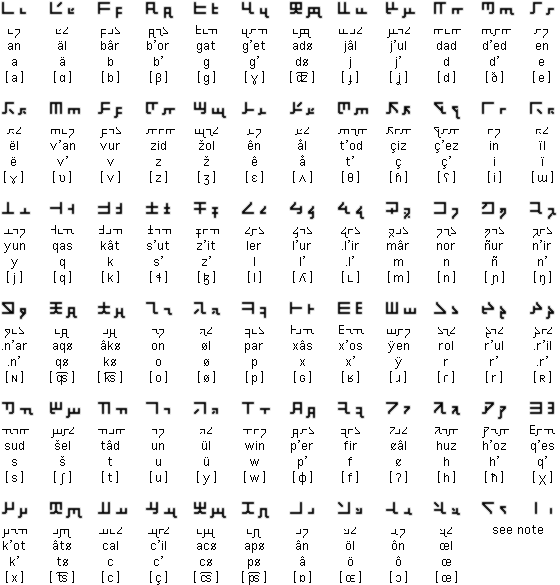
Note: the two last letters modify the sound of other
letters, like h after c, s or t in English. These letters go before
the modified letter.
Extra Linephon letters
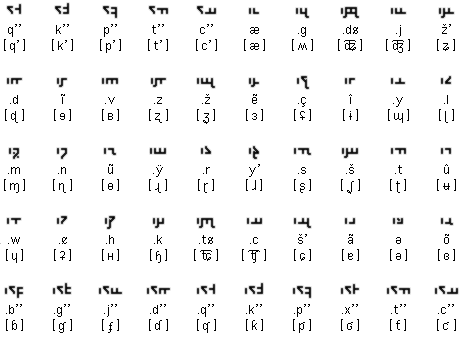
Linephon numerals
![]()
Linephon puncutation

The last punctuation sign is used for numbers and is
equal to the period in the European system.
Phonetic diagram
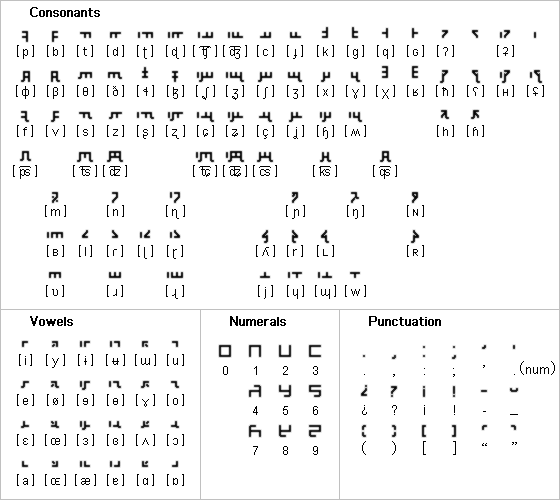
Linephon handwriting
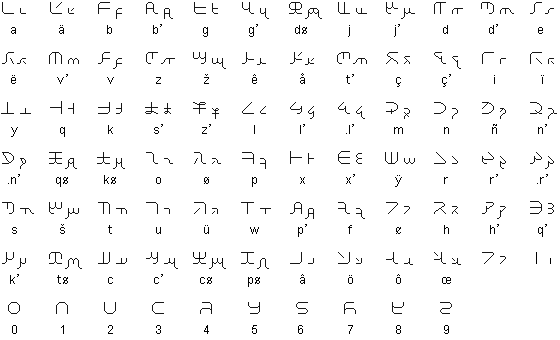
Linephon alphabet for English
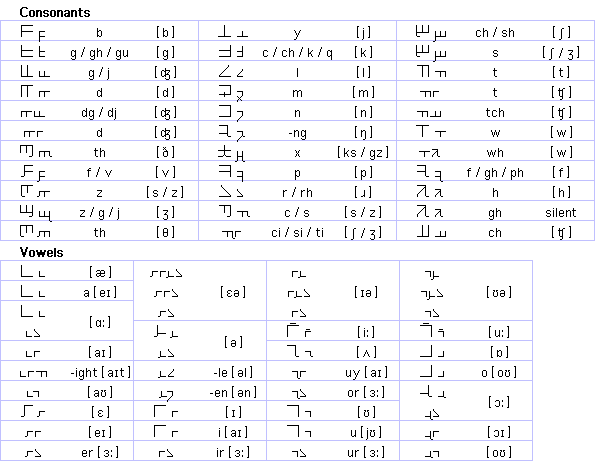
Notes
- The pronunciation is based on British English.
- For a [ɛi] and o [əu], an and
ân is used for multisyllabic words in which a sounds
[ɛi] and o sounds [əu]. - For [ɑ:], [ə] and [ɔ:], the second case is used for
syllables ending with -r, the first case elsewhere. - For [iə] and [uə] the first case is used for syllables
not ending with an -r, the second case is used for
syllables ending with an -er or -or, the third case
elsewhere. - For [ɛə], the first case is used for syllables ending with
an -er or -or, the second case is used for syllables
ending with an -ir or -are, the third case elsewhere. - In diphthongs, [j] is equal to in, and [w] is equal to un.
- In unstressed syllables, [ə] is equal to a, i, u or
o according to each vowel. - In nouns, genitive and plural ends with an -s; and in nouns
that ends with sibilants, plural ends with an -es. - In verbs, present singular third person ends with an -z, and
regular past verbs ends with an -ed. - Silent consonants are written.
Linephon for French (Lignephon pour Français)
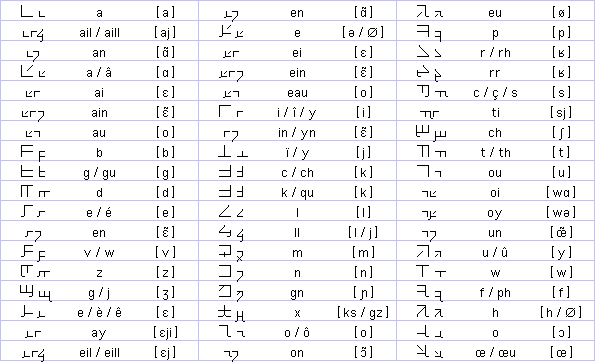
Notes:
- In diphthongs, i or ï [j] is equal to in,
ou [w] is equal to un, and u [ɥ] is equal to ül. - Silent consonants are written.
Linephon for Spanish (Linfon para Español)
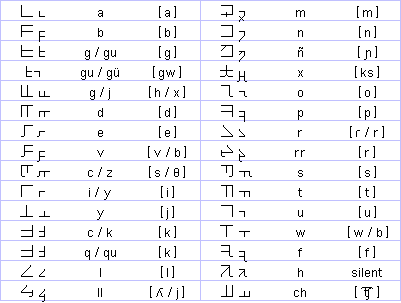
Linephon for Russian (Линфон
для Русского)
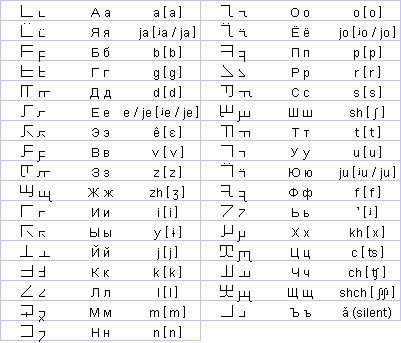
Linephon for German (Linphon für Deutschen)
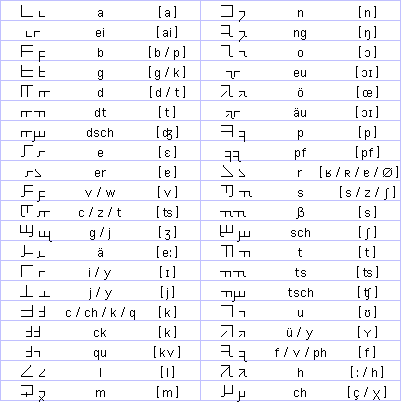
Linephon for Portuguese (Linhfon para Português)
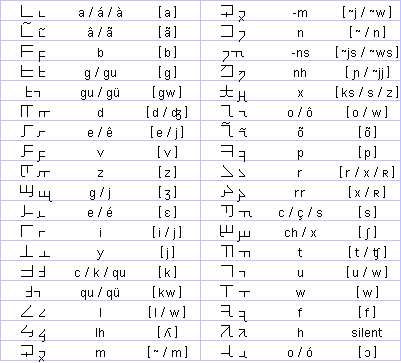
Linephon for Italian (Linfon per Italiano)
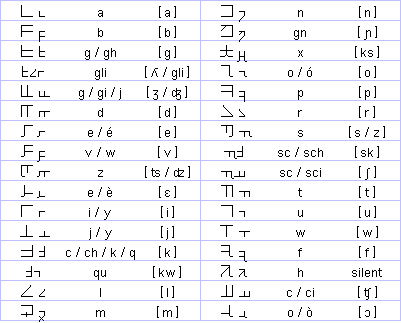
Linephon for Japanese (日本語のためのラインフォン)
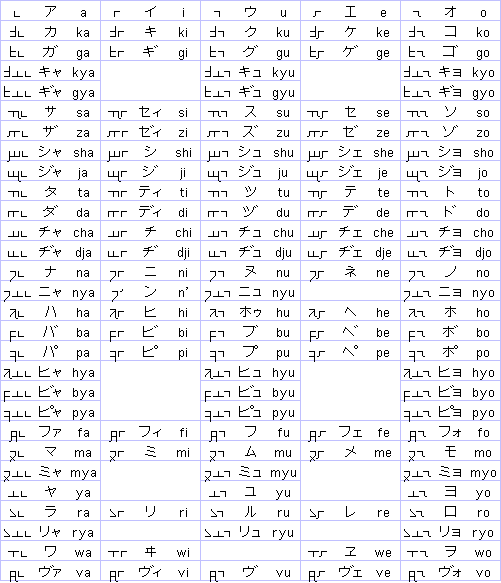
Sample text in Linephon (Spanish)

Transliteration
Todos los seres humanos nacen libres e iguales en dignidad y derechos y,
dotados como están de razón y conciencia, deben comportarse
fraternalmente los unos con los otros.
(Artículo 1 de la Declaración Universal de los Derechos Humanos)
Translation
All human beings are born free and equal in dignity and rights. They
are endowed with reason and conscience and should act towards one another
in a spirit of brotherhood.
(Article 1 of the Universal Declaration of Human Rights)
